When most people tend to think of massage, they probably think of Swedish massage.
As one of the most common and effective techniques for pain management and relaxation, Swedish massage is an essential skill set in any massage therapist’s arsenal and one of the most heavily requested forms of massage by clients.
This guide on Swedish massage will walk through all of the techniques to master this synergizing art, including kneading, rolling, and compressing muscles to deliver your clients the best care.
What Is a Swedish Massage?
A Swedish massage, also known as a classic massage, is a type of massage therapy that manipulates the muscles and joints to relieve stress or pain.
Unlike deep tissue massages, which focus more on connective tissues for chronic pain relief, Swedish massages prioritize relaxation and tension relief through long gliding strokes directed towards the heart.
Thus, the goal of Swedish massage for clients is to:
- Promote relaxation
- Increase range of movement
- Improve flexibility
- Reduce stiffness
- Alleviate nerve pain
- Boost mood and mental health
Every massage therapist needs to be well-versed in Swedish massage in order to pass their MBLEx and to work as a practitioner in this field.
Learning Swedish massage will give you the skills you need to graduate with other forms of massage therapy, including Shiatsu massage, reflexology, deep tissue massage, and more.
Health Benefits of a Swedish Massage
Swedish massage stimulates blood flow by alleviating stiff joints and muscles where circulation tends to get more congested. Due to repetitive motion associated with daily tasks or lifting, hardened bands of muscle knots can form, which causes tension in your bloodstream and nerve-ending pain.
Swedish massages are designed to roll and knead out these knots to alleviate the pressure and pain found at these points.
This also stimulates healthy blood flow toward the heart and improves lymph drainage–all of which decrease inflammation in the body. Researchers found that regular Swedish massages lowered the blood pressure and resting heart rate of hypertensive women.
This gentle pressure also helps improve flexibility and reduce nerve pain associated with stiff joints or muscles. In terms of chronic pain, Swedish massage techniques like rolling, kneading, or vibrating these areas may be beneficial. A 2017 study found that Swedish massage was effective in alleviating chronic lower back pain among nurses.
Finally, massage is also a natural mood booster. Contact due to gentle touch has clinically been shown to release endorphins and reduce cortisol production in the body.
To summarize, the benefits of Swedish massage include:
- Improved blood circulation
- Lowered blood pressure and RHR
- Pain reduction, especially in muscles and nerve endings
- Mood booster
- Lymph drainage
Swedish Massage Techniques
Swedish massages incorporate long strokes with minimal to release muscle tension and promote general relaxation. Oil is commonly used to alleviate friction from skin-to-skin contact and provide a smoother and more relaxing experience for clients.
To understand the basics of Swedish massage, you need to know the movements associated with its technique. The two most common strokes involved in Swedish massage include:
- Effleurage: A gentle, gliding technique that uses continuous strokes to warm up muscles, enhance circulation, and induce relaxation. Often applied at the beginning and end of a massage session.
- Petrissage: Involves kneading, squeezing, and lifting muscles with firm, rhythmic pressure. Targets deeper layers of muscle tissue to break down knots, improve flexibility, and increase blood flow. Effective for releasing tension in specific areas.
In terms of general techniques, Swedish massage incorporates many common massage movements, including:
- Kneading
- Rolling
- Tapping/tapotement
- Friction
- Vibration
- Percussion
Where to Learn Swedish Massage?
If you want to become a massage therapist and learn how to perform a Swedish massage, then you will need to attend a massage therapy school. These schools provide you with the skills and knowledge you need to earn your degree and become a licensed massage therapist. Research different trade schools to find one with hands-on learning like the NEPA School of Massage. Taught by two licensed instructors, we provide all students with hands-on training and knowledge to help them pass their licensing exams and begin their new careers.
FAQs: What is a Swedish Massage?
What is the origin of Swedish massage?
Swedish massage originated in the early 19th century in Sweden and was developed by Pehr Henrik Ling. It combines various techniques to promote relaxation and improve overall well-being.
Are there any medical conditions where Swedish massage is not advised?
While generally safe, individuals with certain medical conditions such as blood clots, fractures, or infectious skin conditions should consult with a healthcare provider before getting a massage to ensure it is suitable for their situation.
Can pregnant women benefit from Swedish massage?
Yes, pregnant women can benefit from Swedish massage. However, it’s crucial to inform the therapist about the pregnancy, and modifications will be made to ensure the safety and comfort of the mother and baby. Side-lying positions are often used during the massage for pregnant clients.
